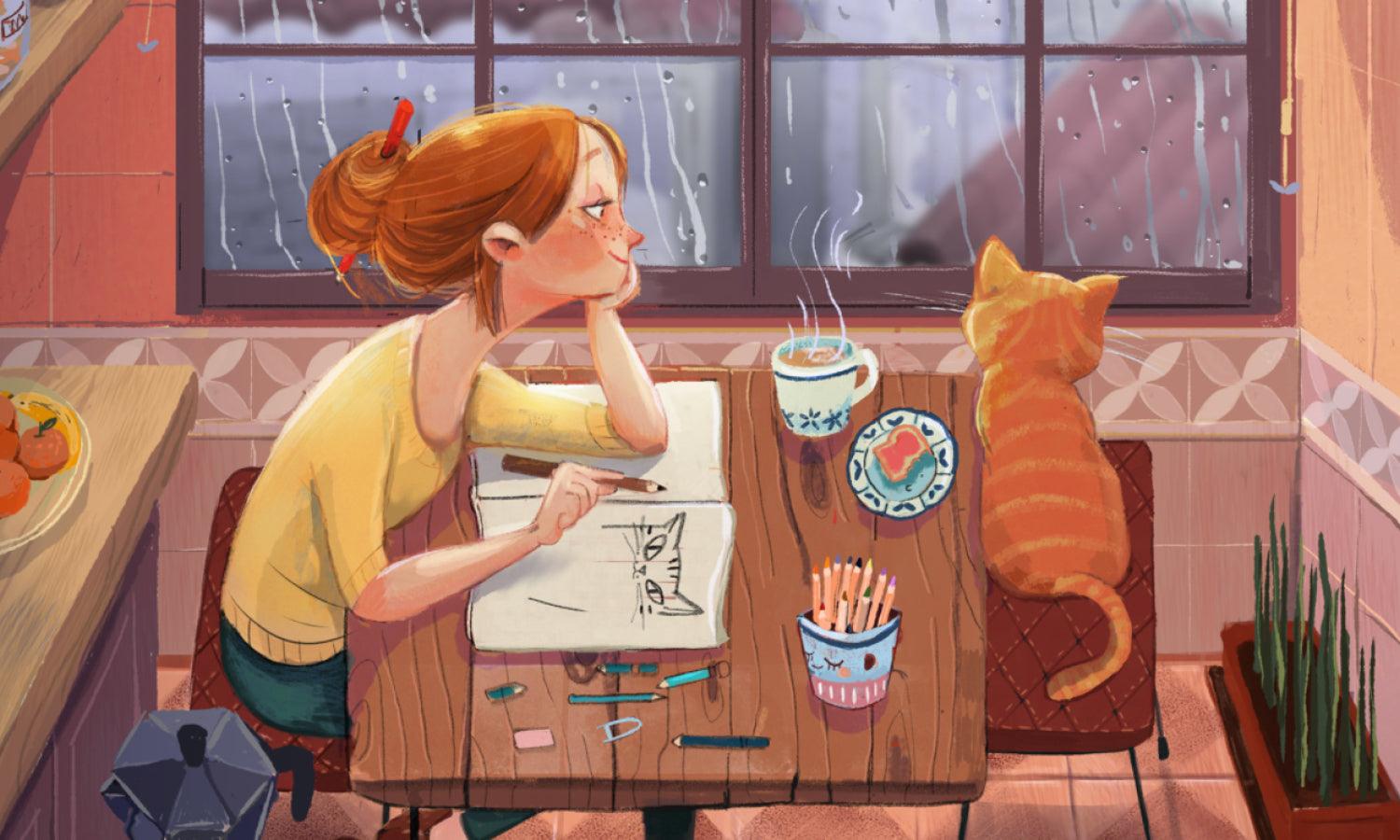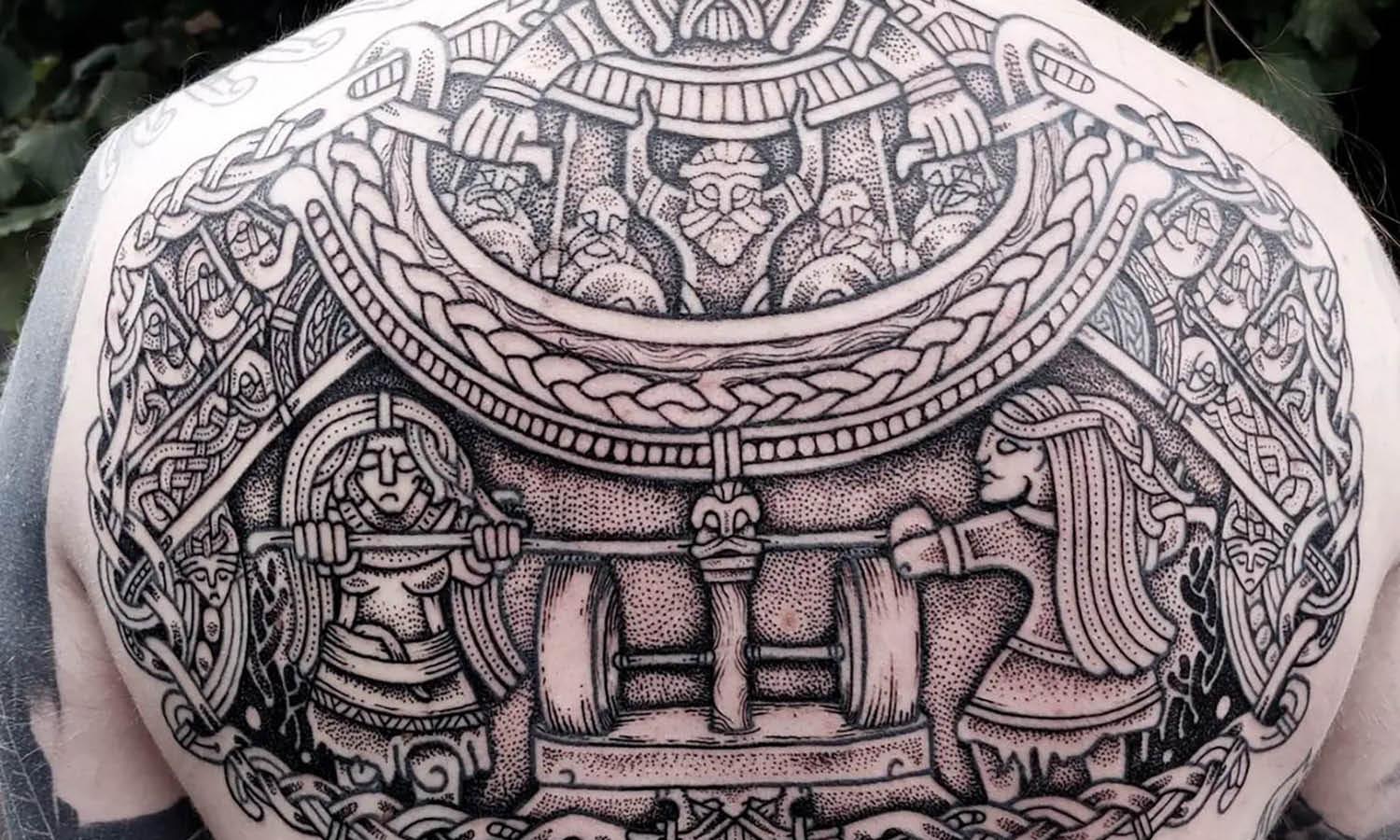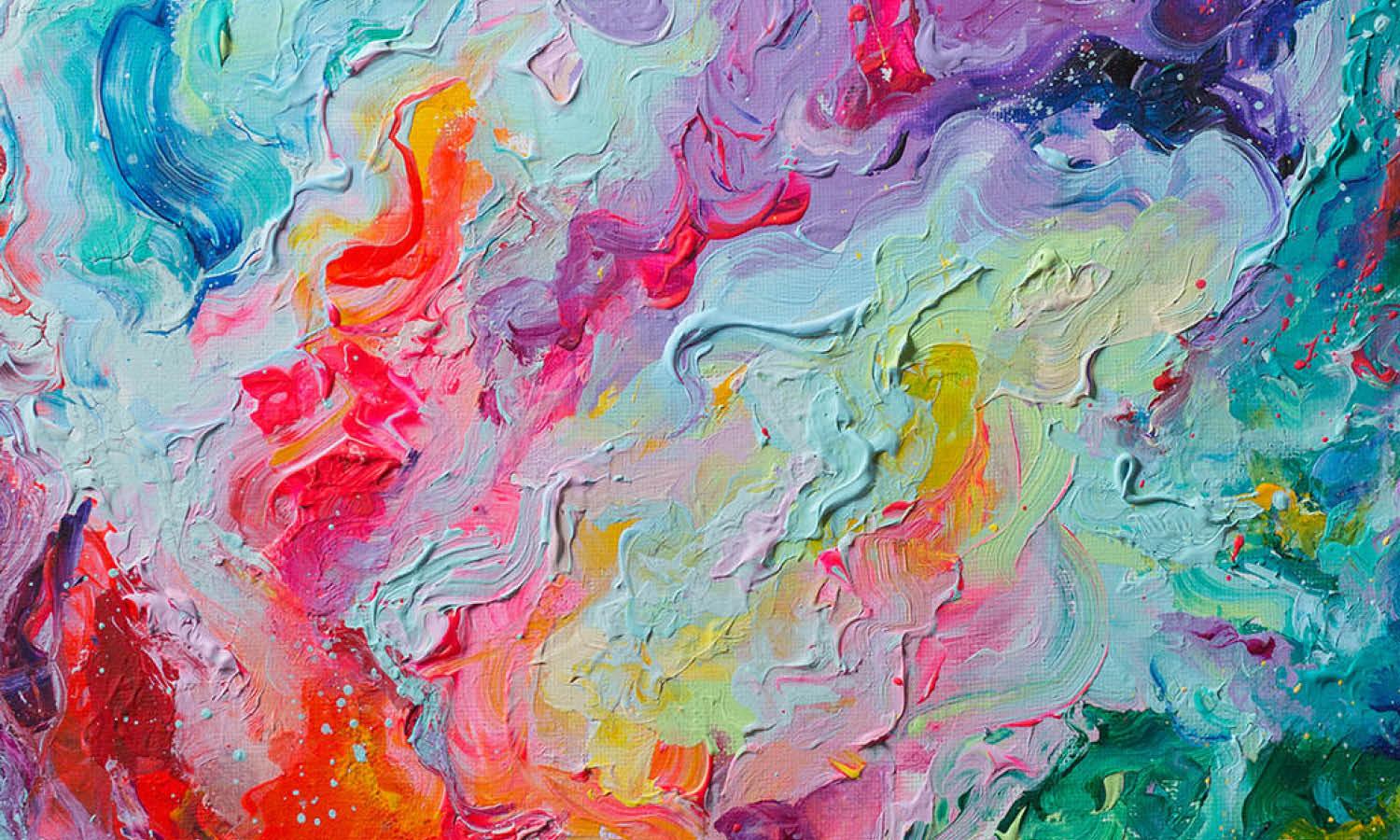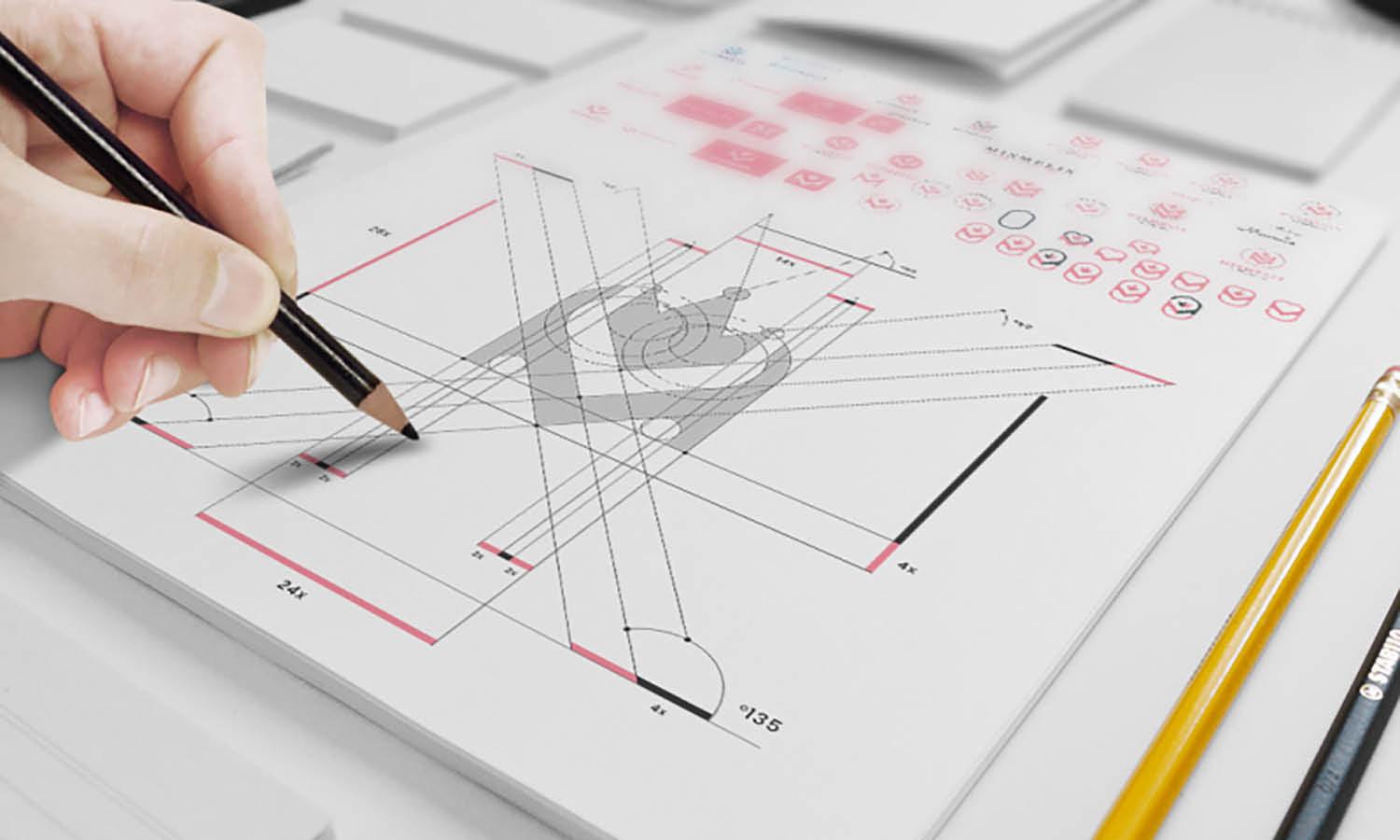Chinese Lanterns: The Oriental Aesthetics of Light and Shadow

Source: Painting Lantern, https://www.paintinglantern.com/
In the long river of traditional Chinese art, the art of the lantern is like a dazzling pearl. It has evolved from ancient sacrificial rituals, passed through the prosperity of the Han and Tang dynasties and the elegance of the Song and Ming dynasties, ultimately becoming a comprehensive art form that integrates craftsmanship, aesthetics, and philosophy. When night falls and the lanterns are lit, they illuminate not only the night sky but also a flowing cultural scroll. These artworks, woven from light and shadow, not only carry thousands of years of cultural memory but also demonstrate astonishing contemporary vitality with the empowerment of modern technology.
1. The Origin and Symbolism of Chinese Lanterns
Lantern art began with practical use and developed with symbolic meaning. From the religious ceremony of "lighting lamps to show respect for the Buddha" in the Han Dynasty to the nationwide revelry of the Lantern Festival during the Tang and Song dynasties, the Chinese lantern gradually moved from the sacred to the secular, becoming a unique medium connecting heaven, earth, and man. This evolution process not only reflects the changes in social structure but also embodies the functional reconstruction of art.
In terms of plastic arts, Chinese lanterns adhere to the aesthetic principle of "establishing images to express meaning":
· Recreation of Mythological Symbols: Dragon lanterns showcase power and auspiciousness; their winding forms and delicate scales all demonstrate the ingenuity of the artisans. Fish lanterns symbolize 'surplus year after year' (年年有余); their smooth lines and vivid shapes embody people's yearning for a beautiful life. Lotus lanterns symbolize purity and transcendence; their layers of petals bloom with Zen beauty amidst the light and shadow.
· Concentration of Architectural Aesthetics: Architectural lanterns, such as pavilions, terraces, and towers, condense grand spatial imagery into a small area. For instance, a lantern modeled after the Hall of Prayer for Good Harvests at the Temple of Heaven not only precisely reproduces the architectural details but also reinforces its solemn and sacred aura through lighting effects.
· Presentation of Geometric Order: The hexagonal structure of palace lanterns and the symmetrical design of gauze lanterns reflect the aesthetic of order in traditional Chinese creation. These regular geometric forms complement the soft light, showcasing a perfect balance of rationality and sensibility.

Source: Painting Lantern, https://www.paintinglantern.com/
2. The Craftsmanship and Ingenuity of Lantern Art
Lantern making is a manual art that requires patience and skill, with its process resembling a carefully choreographed quartet. This technique, passed down for thousands of years, has been most completely preserved and developed in places like Zigong, becoming a living testament to intangible cultural heritage.
2.1 Modeling Design
Designers must conceptualize three-dimensional beauty on a flat surface, considering both cultural symbolism and structural mechanics, transforming abstract cultural symbols into feasible modeling plans. This process often requires repeated refinement, undergoing possibly dozens of revisions from the initial sketch to the final draft to ensure the best visual effect from every angle.
2.2 Framework Production
Artisans shape bamboo strips or steel bars into the predetermined form using techniques such as baking, bending, tying, and binding according to the design blueprint. Traditional bamboo frameworks are flexible and resilient, while modern steel frameworks can support more massive shapes. This process demands precise hand-feel and rich experience; every curve relates to the final visual effect and tests the artisan's deep understanding of material properties.
2.3 Covering Technique (Pasting and Mounting)
Translucent materials like silk and satin are selected and applied in sections according to the shape. This technique requires absolute flatness and smoothness, as any subtle crease will affect the even transmission of light. Experienced artisans can adjust the tension of the covering material according to the curvature of the shape, allowing the fabric to perfectly adhere to the framework, like a second skin.
2.4 Painting and Decoration
Painters use traditional painting techniques to finely detail the lantern body. From the meticulous outlining of dragon scales to the gradient rendering of petals, every stroke embodies the artisan's artistic cultivation. The use of color must both conform to traditional color schemes and consider the color rendering effect under the light, which requires the painter to have a solid foundation in traditional art and a keen sense of color perception.
2.5 Lighting Design
Modern lanterns utilize LED technology and intelligent control systems to bring static lanterns to dynamic life through precise programming. Lighting designers need to understand color psychology and visual narrative, using changes in light color and contrasts in intensity to create visually compelling scenes.
3. Color and Emotional Expression
The color system of Chinese lanterns is deeply rooted in the traditional cultural genome; the choice of color is not merely aesthetic but a transmission of a cultural code. This color language, refined over thousands of years, has become part of the collective conscious of the nation.

Source: Painting Lantern, https://www.paintinglantern.com/
3.1 The Philosophy of the Five Colors
The five colors—cyan (or blue-green), red, yellow, white, and black—correspond to the Five Elements and directions, carrying specific cultural meanings. Red represents auspiciousness and celebration, serving as the soul color of the festive atmosphere. Yellow symbolizes nobility and authority, often used to depict imperial themes. Cyan/blue-green signifies vitality and life, mostly used to shape natural landscapes. The coordinated application of these colors forms a complete visual semantic system.
3.2 Material Aesthetics
Traditional silk material, when light shines through, creates a unique "internal glow" effect, with colors that are soft and saturated. This stands in sharp contrast to the "external glow" of Western stained glass, reflecting the reserved and subtle characteristic of Oriental aesthetics. Different materials have varying light transmittance and reflective properties, which requires artisans to deeply understand material characteristics to achieve the optimal color display effect.
3.3 Modern Innovation
Contemporary lanterns, while maintaining the charm of traditional colors, have begun to incorporate modern color concepts. Through the precise color control of LED technology, designers can create more delicate color gradient effects, allowing traditional lanterns to present a visual experience that aligns with contemporary aesthetics.
4. Light, Shadow, and Technological Transformation
The application of light has witnessed the evolution of lantern art. From initial practical illumination to today's artistic expression, the role of light in lantern art has undergone a profound transformation, and this change also reflects the far-reaching impact of technological progress on artistic creation.
4.1 Traditional Light Charm
Candlelight, filtered through paper and silk, flickers gracefully, warm and full of life. This uncertain light-and-shadow effect endows traditional lanterns with a unique emotional warmth. The dynamic light and shadow created by the flame and natural air currents possess an artistic charm that is difficult to replicate with industrialized production, which is a key reason for the fascination with traditional lanterns.
4.2 Modern Light Language
LED technology has brought about revolutionary changes, not only in energy efficiency but also in opening up new possibilities for artistic expression:
·Precisely controllable color changes enable creators to achieve more complex color narratives.
·Energy-saving and environmentally friendly light sources make the sustainable hosting of large-scale lantern festivals possible.
·Dynamically smooth visual effects inject stronger expressiveness into the lanterns.
·The infinite possibilities of interactive experience break the boundary between the viewer and the artwork.
4.3 Intelligent Interaction
Modern lanterns achieve human-lantern interaction through sensors and programming technology. The audience's voices and movements can become factors that change the light and shadow, moving the art from static viewing to dynamic participation. This shift not only enriches the viewing experience but also redefines the relationship between the public and art, allowing everyone to become a participant in the artistic creation.
5. Festivals and Rituals
The deep integration of lanterns with festive activities makes them an important carrier of national cultural memory. In different festivals, lanterns play various cultural roles, and through these specific ceremonial occasions, the art of the lantern is passed down through generations and remains fresh and new.

Source: Painting Lantern, https://www.paintinglantern.com/
5.1 Grand Spectacle of the Lantern Festival
In ancient times, the Lantern Festival's "lifting of the curfew" (金吾不禁) broke the routine social order. In this special time and space, lanterns constructed a shared space of carnival for the entire population; the various colored lanterns not only displayed skills but also conveyed blessings. From the emperor's palace lanterns to the merchants' sign lanterns, from the literati's riddle lanterns to the common people's hand-held lanterns, different social strata could find their place in this world of light and shadow.
5.2 Mid-Autumn Poetic Charm
Mid-Autumn lanterns appear gentler and quieter. Lotus lanterns float on the water; the points of light drifting with the waves create a delightful contrast with the moon's reflection in the water. Rabbit lanterns adorn courtyards, their soft glow adding warmth to the night of reunion. Pomelo lanterns have unique shapes; their fresh fruity fragrance intertwines with the light to create a unique sensory experience. These lanterns not only decorate the environment but also express people's yearning for reunion and happiness.
5.3 Auspicious Light of the Spring Festival
Lanterns hung during the Spring Festival, illuminated from New Year's Eve until the Lantern Festival, witness the complete cycle of the New Year. The red lanterns at the main gate symbolize good luck, the palace lanterns in the main hall represent openness and honesty, and the gauze lanterns in the study express wishes for success in imperial examinations. These lanterns not only decorate the environment but also carry the beautiful meanings of bidding farewell to the old, welcoming the new, and lighting up the future, becoming an indispensable visual symbol in New Year customs.
6. Venue and Public Art
The ultimate expression of lantern art lies in the overall field (or 'sense of place') it creates. When individual lantern artworks are combined through careful spatial planning, they transcend the meaning of individual existence and jointly construct an artistic field with strong appeal.
6.1 Spatial Reconstruction
Large-scale lantern festivals transform everyday spaces into dreamlike realms through meticulous layout. Traditional gardens, reshaped by light, exhibit a mysterious ambiance different from the daytime. Modern squares, adorned with lanterns, burst with festive vitality. Historic districts, outlined by light, reappear in their past glory. Visitors walking through them feel as if they are stepping into a surreal poetic world, gaining a new spatial experience.
6.2 Emotional Resonance
With its unique affinity, lantern art breaks the boundary between art and the public. It does not require profound art theory preparation but can directly touch the audience's emotions. Children cheer for the charming animal-shaped lanterns, the elderly find memories in traditional themes, and young people feel the vitality of tradition in innovative designs. This emotional resonance, spanning age and knowledge background, is the unique value of the lantern as public art.
6.3 Cultural Communication
As mobile cultural ambassadors, lantern exhibitions around the world not only showcase craftsmanship but also transmit Oriental aesthetic concepts. When audiences from different cultural backgrounds are captivated by the charm of Chinese lanterns, art becomes a bridge for communication between different civilizations, allowing the world to understand the essence of Chinese culture through the universal language of light and shadow.
7. Contemporary Narrative and Future Outlook
Facing a new era context, the art of the lantern is undergoing a profound transformation. This ancient art form is actively responding to the needs of modern society, constantly exploring new forms of expression and existence while maintaining its traditional essence.
7.1 Thematic Innovation
Modern lanterns have begun to venture into new themes such as science fiction and environmental protection, using traditional techniques to tell contemporary stories. For example, lantern groups themed around space exploration use lanterns to shape astronauts and spacecraft. Works on marine conservation, combining recycled plastic materials with light, convey environmental awareness. These innovative practices expand the boundaries of artistic expression, giving traditional craftsmanship new vitality.
7.2 Material Experimentation
Artists are experimenting with combining new materials with traditional craftsmanship. The transparency of acrylic, the delicacy of metal mesh, and the agility of optical fibers are used alongside traditional silk and paper to create new forms of expression that retain Oriental charm while possessing modern beauty. This innovation in material language opens up a broader creative space for lantern art.
7.3 Technological Integration
The introduction of new technologies like virtual reality and augmented reality has opened up new development spaces for lantern art. Audiences can interact with physical lanterns via mobile apps or experience non-existent light-and-shadow wonders in a virtual space. This integration of online and offline experiences breaks spatial and temporal limitations, allowing lantern art to reach audiences in more diverse ways.
7.4 Sustainable Development
Environmental concepts are also profoundly influencing contemporary lantern creation. The application of solar power systems, the research and development of biodegradable materials, and the promotion of modular design ensure that lantern art is in harmony with environmental concepts. Future lantern art is bound to find a better balance between aesthetic value and ecological responsibility.

Source: Painting Lantern, https://www.paintinglantern.com/
Conclusion
Chinese lantern art is a light-and-shadow spectacle that never ends. It has emerged from the depths of history and extends infinitely into the future. At the intersection of tradition and modernity, and in the collision of craftsmanship and creativity,this ancient art is writing a magnificent chapter that belongs to this era with its unique charm. When we stop to admire these artworks of light and shadow, we see not only the display of skill but also a vivid contemporary expression of a nation's cultural DNA. This Oriental aesthetic, woven from light and shadow, will continue to illuminate the path of cultural inheritance, connecting the past and the future.















